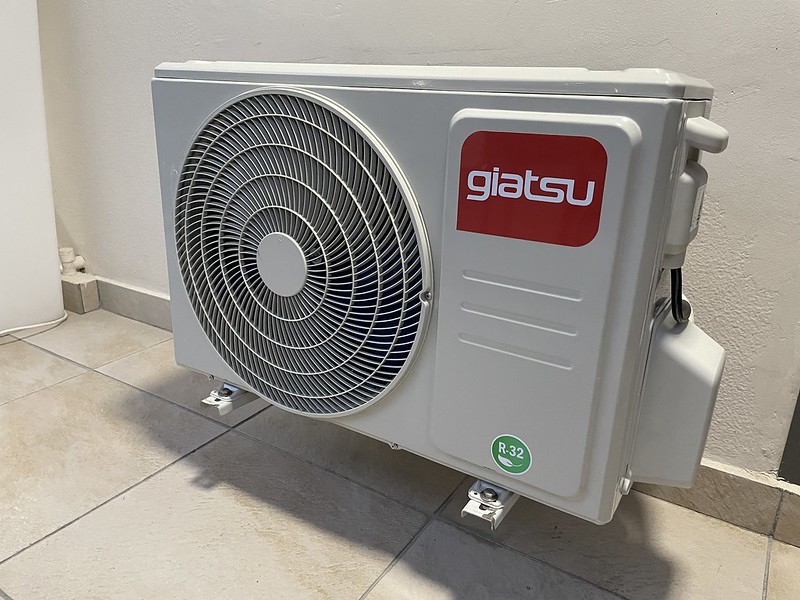When it comes to maintaining the efficiency and performance of your mini-split air conditioning system, ensuring the proper refrigerant charge is crucial. Determining if a mini-split needs a recharge can be a complex task, but with the right knowledge and tools, you can effectively assess the system’s refrigerant level and take the necessary steps to keep it running at its best.
Understanding Mini-Split Systems and Refrigerant Charge
Mini-split systems, also known as ductless air conditioners, function differently from traditional HVAC systems. These systems are designed with Variable Refrigerant Flow (VRF) technology, which includes an Electronic Expansion Valve (EEV), a DC inverter compressor, and DC-powered condenser and indoor blower motors. These components work together to allow the system to ramp up and down in capacity, maintaining a steady range of vapor pressure and efficient superheat.
Proper refrigerant charge is essential for the optimal performance of a mini-split system. An undercharged system can lead to various issues, such as reduced cooling capacity, increased energy consumption, and potential damage to the compressor. Conversely, an overcharged system can also cause problems, including decreased efficiency and potential system failure.
Checking the Low-Side Pressure
One of the primary methods to determine if a mini-split needs a recharge is by checking the low-side pressure using a set of gauges and an adapter. The sweet spot for the low-side pressure reading should be around 117-120 psi. If the reading is lower, it indicates that the system is undercharged and requires additional refrigerant.
To perform this check, follow these steps:
- Locate the low-side service port, typically found on the refrigerant line near the indoor unit or the outdoor unit.
- Connect a set of refrigerant gauges to the low-side service port using an appropriate adapter.
- Observe the low-side pressure reading and compare it to the recommended range of 117-120 psi.
- If the reading is lower than the recommended range, the system is undercharged and requires a recharge.
It’s important to note that the low-side pressure can be affected by various factors, such as ambient temperature, humidity, and the system’s operating mode. Therefore, it’s essential to consider these factors when interpreting the pressure reading.
Measuring the Delta T (Temperature Difference)
Another method to determine if a mini-split needs a recharge is by measuring the Delta T, which is the change in temperature across the evaporator coil. During average humidity and temperature conditions, the Delta T of a mini-split system may average 20°F to 24°F, compared to 18°F to 21°F on a single-speed unit.
To measure the Delta T, follow these steps:
- Locate the supply and return air vents of the indoor unit.
- Use a digital thermometer or temperature probes to measure the temperature of the supply air and the return air.
- Calculate the Delta T by subtracting the return air temperature from the supply air temperature.
- If the Delta T is lower than the recommended range of 20°F to 24°F, it could indicate an insufficient refrigerant charge.
It’s important to note that the Delta T can also be affected by factors such as airflow, ductwork design, and the system’s operating mode. Therefore, it’s essential to consider these factors when interpreting the Delta T measurement.
Considerations and Cautions
When checking the refrigerant charge of a mini-split system, it’s crucial to keep the following considerations and cautions in mind:
- Proper Equipment and Knowledge: Connecting gauges to a mini-split system requires specialized equipment and knowledge. Attempting to check refrigerant levels without the proper tools and understanding can lead to errors and potential damage to the system.
- Full-Capacity Testing: Connecting gauges to a mini-split system does not allow for full-capacity testing. The system must be properly weighed to ensure a proper refrigerant charge.
- Professional Assistance: If you are unsure or uncomfortable performing these checks yourself, it’s recommended to seek the assistance of a qualified HVAC technician.
Conclusion
Determining if a mini-split needs a recharge is a critical aspect of maintaining the efficiency and performance of your ductless air conditioning system. By understanding the key factors, such as low-side pressure and Delta T, and following the proper procedures, you can effectively assess the refrigerant charge and take the necessary steps to keep your mini-split running at its best.
Remember, if you are unsure or uncomfortable performing these checks, it’s always best to consult with a professional HVAC technician to ensure the safety and proper maintenance of your mini-split system.

